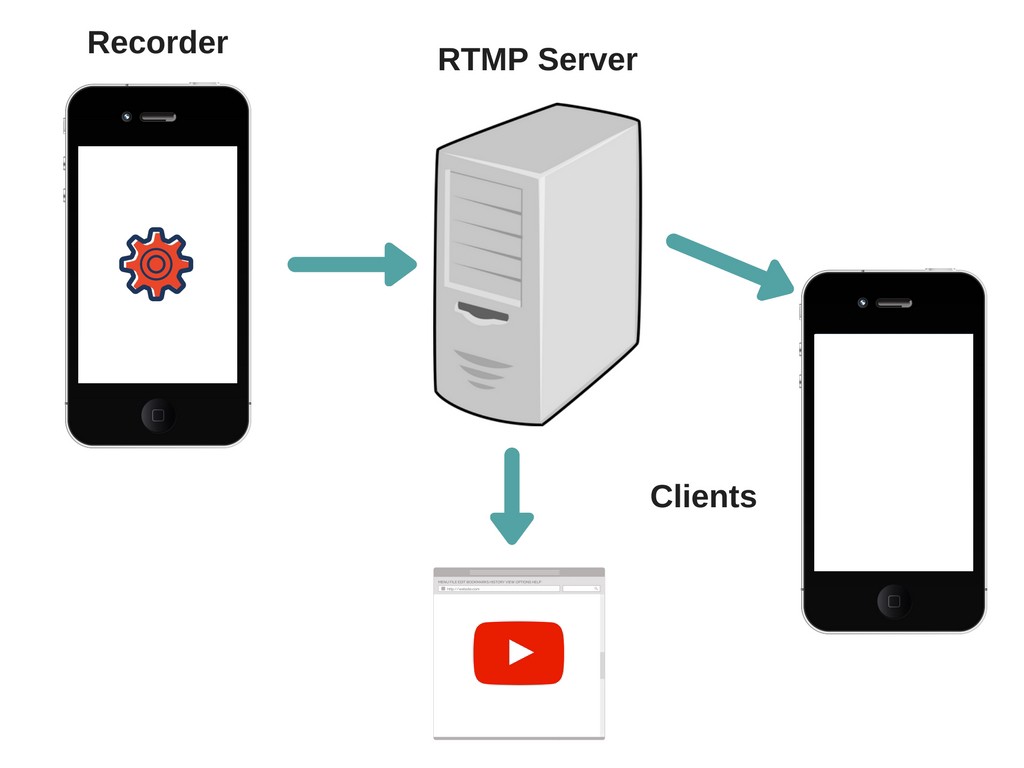To ensure the success of your online broadcast, RTMP live streaming services provide strong transmission, dependable connections, and cutting-edge equipment.
You can stream using RTMP to a wide range of platforms, increasing the audience for your live streams. You will learn exactly what RTMP is and, more importantly, its benefits and usage in this post.
What is RTMP?
Real-Time Messaging Protocol, or RTMP, is a structured streaming system designed to send live video and audio data from an encoder to a host platform (server) over the internet. The RTMP Service can be compared to a middleman who facilitates communication between two parties.
Consider your social media live event streaming strategy. The real process involves connecting the video to the main streaming platform via an encoder. The stream is then simultaneously aired on that social platform.
What is an RTMP stream?
Knowing what RTMP is and what it does allows you to understand how it relates to live streaming. The transmission of audio-visual waves from an encoding platform like OBS Studio to a video streaming platform is known as an “RTMP stream,” which powers live broadcasts over the internet.

For events and webinars that broadcast live action to an international audience, RTMP streams produce low-latency audio-video transmission, which is a huge advantage for production teams. In addition, RTMP streams offer adaptive-bitrate streaming with little buffering and the capability to fast-forward and rewind videos, providing a satisfying viewing experience.
What Does RTMP Do?
Let’s first go over what RTMP does. The Transmission Control Protocol (TCP) streams audio and video from a source to a destination. Utilizing TCP allows it to maintain packets of information in the correct order when received and viewed, preventing you from watching the conclusion of your movie or the middle of a sporting event before the end. RTMP utilizes a three-way handshake to convey data because it employs TCP as its transport protocol. The client (live stream sender) asks the server it’s delivering data to establish a connection with it. It waits for a response, establishes a session, and sends the data.
RTMP Server, combined with Flash Player, became popular because it was very fast, delivering content with around 5 seconds of latency. Over time, Flash has fallen out of use, but we continue using RTMP.
What are the Benefits of RTMP?
RTMP is great because:
- Setting up an encoder is simple. There are many inexpensive software-based encoders available and frequently inexpensive hardware alternatives.
- It is supplied in a single file, making it simpler to manage and process than receiving several chunks (looking at your HLS).
- RTMP is less expensive to set up and simpler to support because of numerous tools, and people are extremely skilled in working with it because it was the industry standard for such a long time.
- It remains one of the quickest options available.
Several distinct features of live broadcasting depend heavily on RTMP. It isn’t easy to imagine where the online video streaming sector would be now without this technology.
Recent Comments